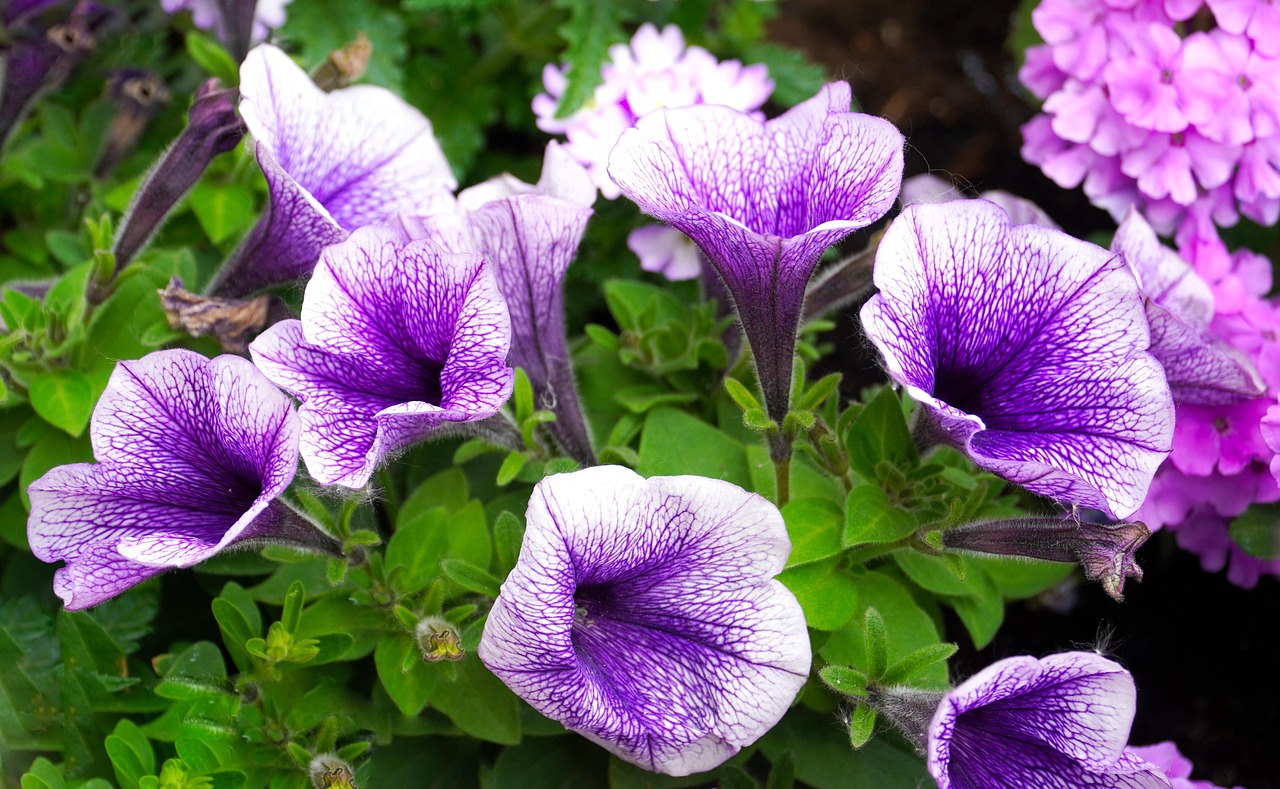Petunias are the summer show-stoppers of many gardens, spilling over baskets, brightening borders, and painting patios with their vibrant blooms. But as autumn sets in and the first frost whispers its arrival, many gardeners reluctantly say goodbye to these floral beauties—believing they’re doomed once the cold rolls in.
What if I told you there’s an easy way to keep them alive through winter—without the expense or hassle of a greenhouse? Whether you grow trailing wave petunias or the classic grandiflora varieties, you can save them from frost and enjoy an early burst of blooms next spring. All it takes is a little know-how, some basic supplies, and a small commitment to care.
Let’s dive into the simple, greenhouse-free method for overwintering petunias—so you can keep their charm alive year after year.

Why Overwinter Petunias at All?
Before we jump into the “how,” it’s worth asking—why bother saving petunias when you could just replant them each year?
Here are a few compelling reasons:
- Cost Savings – Mature petunia plants cost more than seeds, so overwintering means you save money.
- Head Start in Spring – An established root system means faster growth and earlier blooms.
- Sentimental Value – Maybe a particular color or variety holds a special place in your heart.
- Sustainability – Fewer discarded plants means less waste and a greener gardening practice.
Understanding Petunia Winter Challenges
Petunias are tender perennials in their native warm climates but are often treated as annuals in cooler regions. The main threats to their survival over winter include:
- Freezing Temperatures – Petunias cannot survive frost; anything below 40°F (4°C) can damage them.
- Low Light – Winter’s short days can weaken plants, especially indoors.
- Overwatering or Underwatering – Both extremes can quickly kill dormant plants.
- Pests Indoors – Aphids, spider mites, and whiteflies can thrive on stressed plants in winter.
Knowing these challenges helps you take preventative steps before moving your petunias inside.
The Easy Step-by-Step Way to Overwinter Petunias Without a Greenhouse
Step 1: Choose Your Candidates Wisely
Not every petunia is worth saving. Pick the healthiest plants—free of disease, pests, and severe damage. Look for:
- Strong stems
- Healthy green leaves (even if sparse)
- No sign of mold or rot
Sickly plants won’t thrive indoors and may spread pests to your other plants.
Step 2: Decide Your Overwintering Method
There are two main greenhouse-free methods:
Method 1: Keep Them as Potted Plants Indoors
- Perfect if you want blooms during winter in a sunny window or under grow lights.
- Works well for smaller petunia varieties or those grown in containers.
Method 2: Store Them Dormant
- Best for large hanging baskets or many plants at once.
- The petunias are kept cool and mostly inactive until spring.
Step 3: Prepare Your Plants Before Frost
Timing is everything. Aim to bring petunias indoors before the first hard frost. Follow these preparation tips:
- Trim Back Growth – Cut stems to about 4–6 inches. This reduces stress and helps the plant focus on root health.
- Check for Pests – Inspect leaves, stems, and soil for insects. Use insecticidal soap if needed.
- Repot if Necessary – If they’ve been in the ground, dig them up and place in pots with fresh potting soil.
- Water Well Before Moving – Moist, but not soggy soil, helps plants handle the transition.
Step 4: Setting Up Your Indoor Space
For Active Growth (Winter Blooms)
- Place petunias in the sunniest window possible—south-facing is ideal.
- Supplement with grow lights for 12–14 hours daily if natural light is low.
- Keep room temperatures between 60–70°F (15–21°C).
For Dormancy
- Store in a cool, dark location such as a basement or unheated closet where temps stay around 50°F (10°C).
- Water sparingly—just enough to keep the roots from drying out completely.
Step 5: Ongoing Winter Care
If Growing Actively Indoors
- Watering: Water when the top inch of soil feels dry.
- Feeding: Use a balanced liquid fertilizer every 4–6 weeks.
- Pruning: Pinch back leggy stems to encourage bushy growth.
If Keeping Dormant
- Watering: Once every 3–4 weeks, lightly moisten the soil.
- Pest Check: Even dormant plants can attract pests, so inspect monthly.
Reviving Petunias in Spring
As days lengthen and temperatures rise, it’s time to wake your petunias up:
- Move to Brighter Light – Gradually increase their light exposure to avoid shock.
- Resume Feeding – Begin using a diluted fertilizer every 2 weeks.
- Harden Them Off – Before moving them outside full-time, acclimate by placing them outdoors for a few hours daily over a week.
- Repot or Refresh Soil – Give them a fresh nutrient boost for the growing season.
Bonus Tips for Successful Overwintering Without a Greenhouse
- Use Reflective Surfaces – If light is limited, place mirrors or foil behind plants to maximize exposure.
- Avoid Drafts – Keep plants away from heating vents and cold windows.
- Rotate Plants – Turn pots weekly for even growth.
- Propagate Cuttings – Take a few healthy stems in fall, root them in water or soil, and keep them indoors as backup plants.
Common Overwintering Mistakes to Avoid
- Bringing Plants in Too Late – Frost damage is often irreversible.
- Overwatering in Dormancy – Too much moisture leads to root rot.
- Ignoring Pests – Small infestations can quickly explode indoors.
- Neglecting Light – Petunias won’t survive in dark corners without support lighting.
